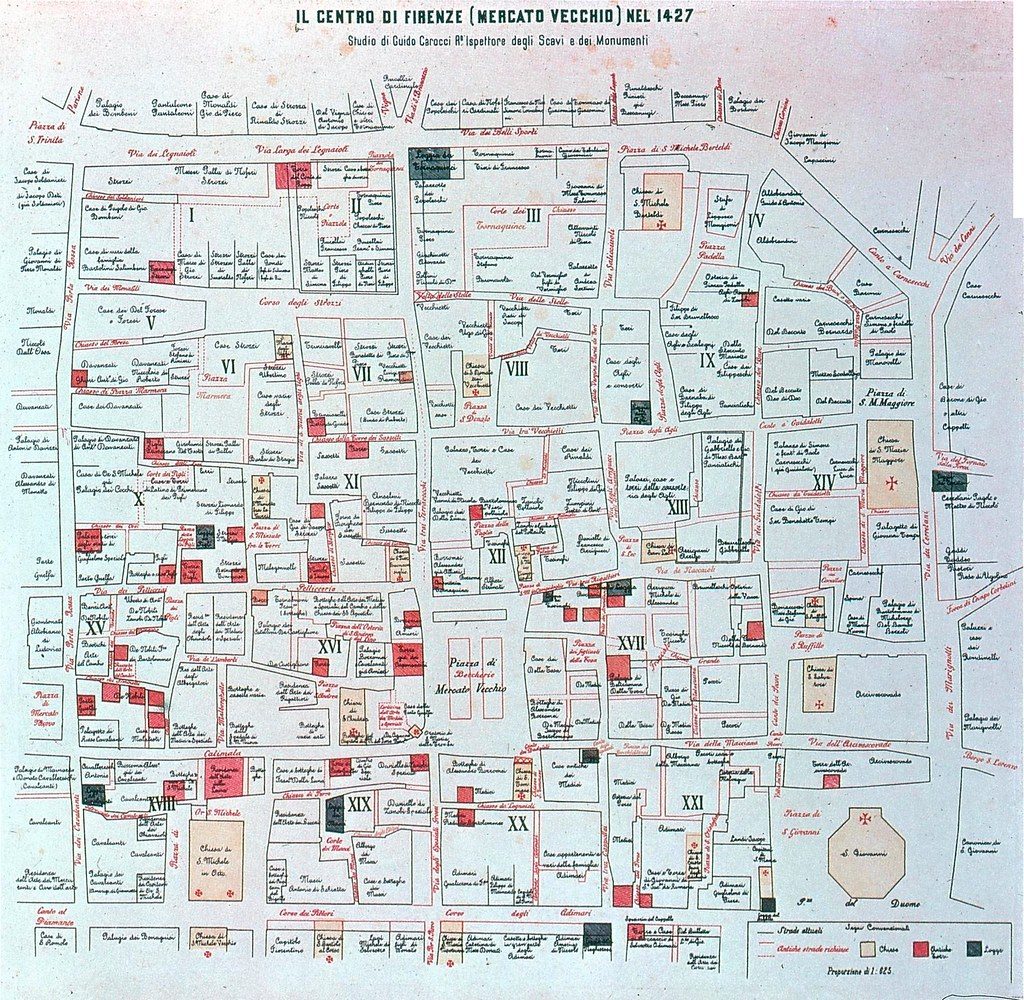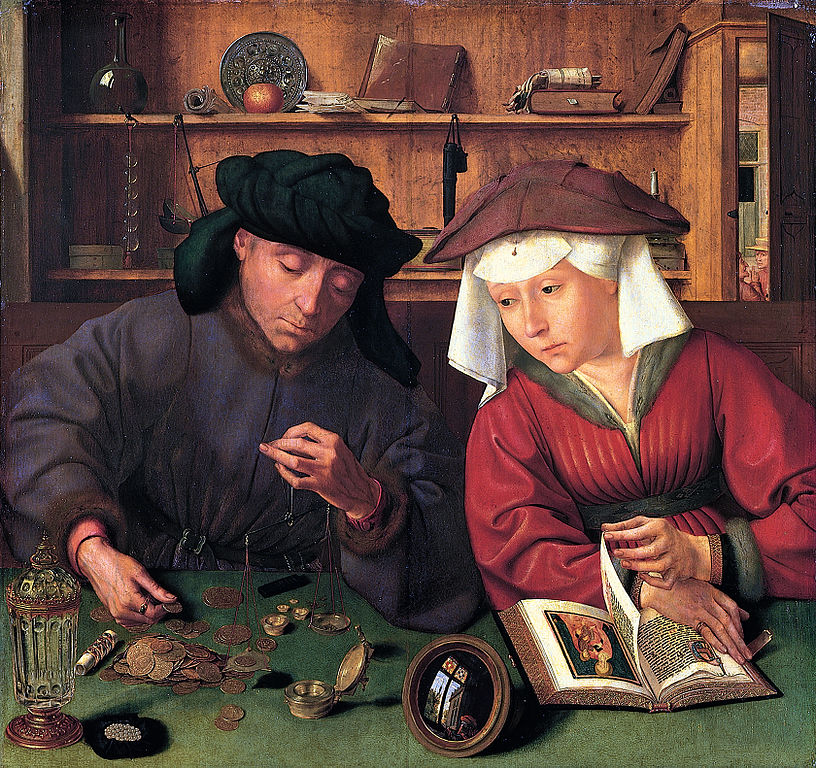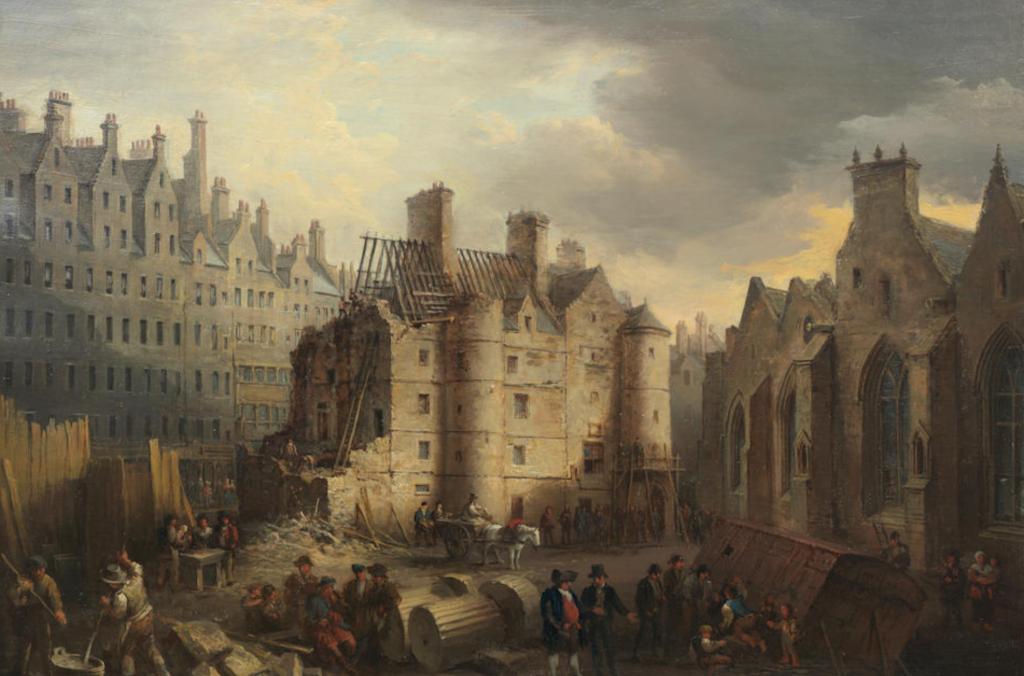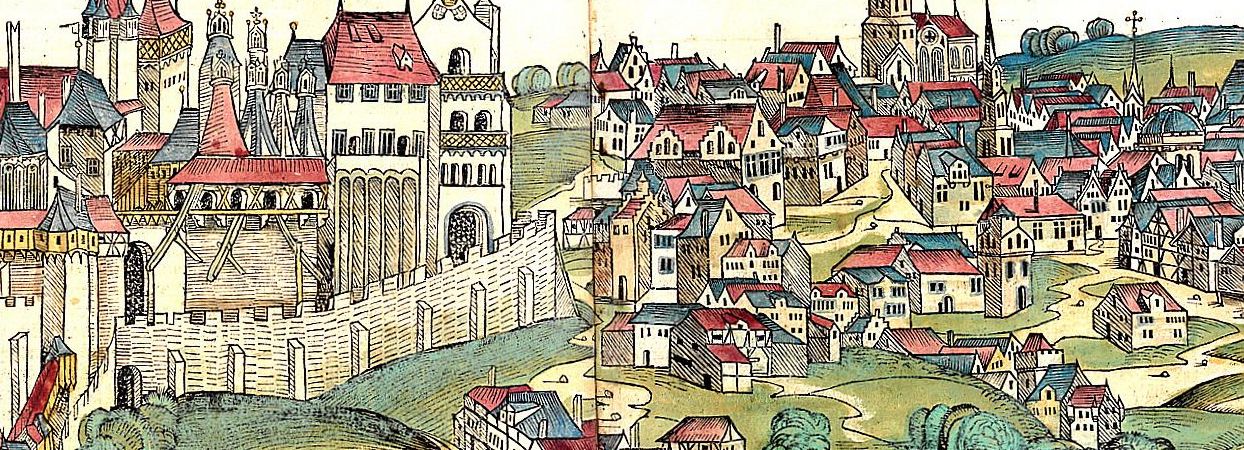It’s August, which means it’s time for me to think about what primary sources to include in the introductory medieval history classes I’ll be teaching this autumn. I try to use texts—both literary and documentary—drawn from across a broad swathe of Europe and the Mediterranean world in my teaching, and where possible to use sources that are freely available online in order to bring down book costs for my students. It can be tricky to find online medieval sources which are accessible in English translation—and not a creaky out-of-copyright nineteenth-century translation at that—so here I’ve pulled together a list of some of the sites I’ve found useful.
Carleton College Medieval and Renaissance Studies Primary Sources
This page provides a selection of primary sources, made available in translation by William North of Carleton College. Particularly useful for Carolingian, German, and Byzantine history; all in .pdf format.
Epistolae: Medieval Women’s Letters
A collection of Latin letters to and from women, written 4th-13th centuries, accompanied by an English translation. Brief biographical sketches of the women and the historical context of the correspondence are often included.
One of the earliest digital humanities projects, David Herlihy and Christiane Klapisch-Zuber’s work on the Florentine catasto (tax assessment) provides an invaluable window into the urban and family life of early fifteenth-century Florence. Students can do some excellent independent research into socio-economic history using this database. One caveat: the site isn’t particularly intuitive to use, and students will almost certainly need some guidance in how to construct a SQL-based search query.

A collection of sources on town life in medieval England, presented in four thematic groups (community, economy, government, and life cycle). Each source is accompanied by a useful discussion and explanatory notes.
The Global Medieval Sourcebook offers mostly short texts from a variety of genres that haven’t previously been translated into English. Its strengths currently lie in German and Chinese sources; it’s still a fairly new site so hopefully more texts will be added in the near future. Transcriptions are presented alongside manuscript images.
Medieval and Early Modern Data Bank
This site brings together five large data sets on currency exchange and prices in Europe between about 800 and 1815; helpful for students getting to grips with the practice of economic history.

This site provides English translations of texts, such as chronicles, saints lives, and letters, relevant to the study of Slavs and Germans along and beyond the Elbe River region during the Middle Ages.
A Medieval Hebrew Treatise on Obstetrics
A fourteenth-century Hebrew treatise called “On difficulties of birth”, translated into English by Ron Barkai (pp. 115-119) with a prefatory essay.
Medieval History Texts in Translation
A selection of primary sources in translation made available by Graham Loud of the University of Leeds, with a focus on southern Italy/Sicily, the Crusades, Germany in the late 11th to late 13th centuries, and Spain. All are in .pdf format.
It’s not the most aesthetically pleasing website in the world, and the scholarly apparatus is minimal to non-existent, but this is an incredibly helpful site given the paucity of sources available in English translation from this part of medieval Africa. Includes letters, inscriptions, accounts, and legal texts.
Froissart’s Chronicles are an important narrative source for the history of the Hundred Years’ War. The Online Froissart provides complete transcriptions of various manuscript versions of the Chronicles, several high-resolution scans of various illuminated copies, a range of accompanying secondary material, and a new translation into modern English of a selection of chapters.
A small selection of primary sources concerning the effect of the Black Death in 14th-century Italy, presented together with some secondary scholarship.
Public Record of the Labour of Isabel de la Cavalleria
A single document here, but a fascinating one about childbirth from late 15th-century Spain. Translated by Montserrat Cabré.
Reconstructing the Oeuvre of Trota of Salerno
Monica Green here presents a transcription and translation into English of various medical/cosmetic and gynaecological texts associated with Trota of Salerno (pp. 211-233) with a helpful prefatory essay.
Records of the Parliaments of Scotland to 1707
A searchable database of the proceedings of the Scottish parliament from the earliest surviving act (1235) to the union of 1707. A parallel translation into English is given for the original text (Latin, French, or Scots). Accompanying editorial apparatus and introductory essay helps when using the site in the classroom.

An excellent, exhaustive site which seeks to provide access to the texts (the Confessio and the Epistola to Coroticus) written by the saint, providing facsimile, transcription and translation of his writings in Latin, English, Irish, Italian, Portuguese and German. Accompanying secondary scholarship make this a useful site for students exploring both the Christianisation of early medieval Ireland and the formation of a legendary symbol of Irishness.
Translated Excerpts from Byzantine Sources
A selection of primary sources made available in translation by Paul Stephenson of the University of Lincoln, with a focus on the period from the 8th to the early 13th centuries.
TEAMS Middle English Text Series
This last site is a slight variation from the rule: rather than modern English translations, it provides editions of texts in Middle English, but fully glossed to make them accessible to students. Each text is also accompanied by an introductory essay.
If you know of other resources in a similar vein (recent and accessible English translation, free to access online), please feel free to comment below.
(Edit: Thank you to Monica Green for some helpful suggestions!)
